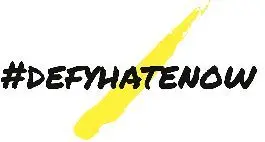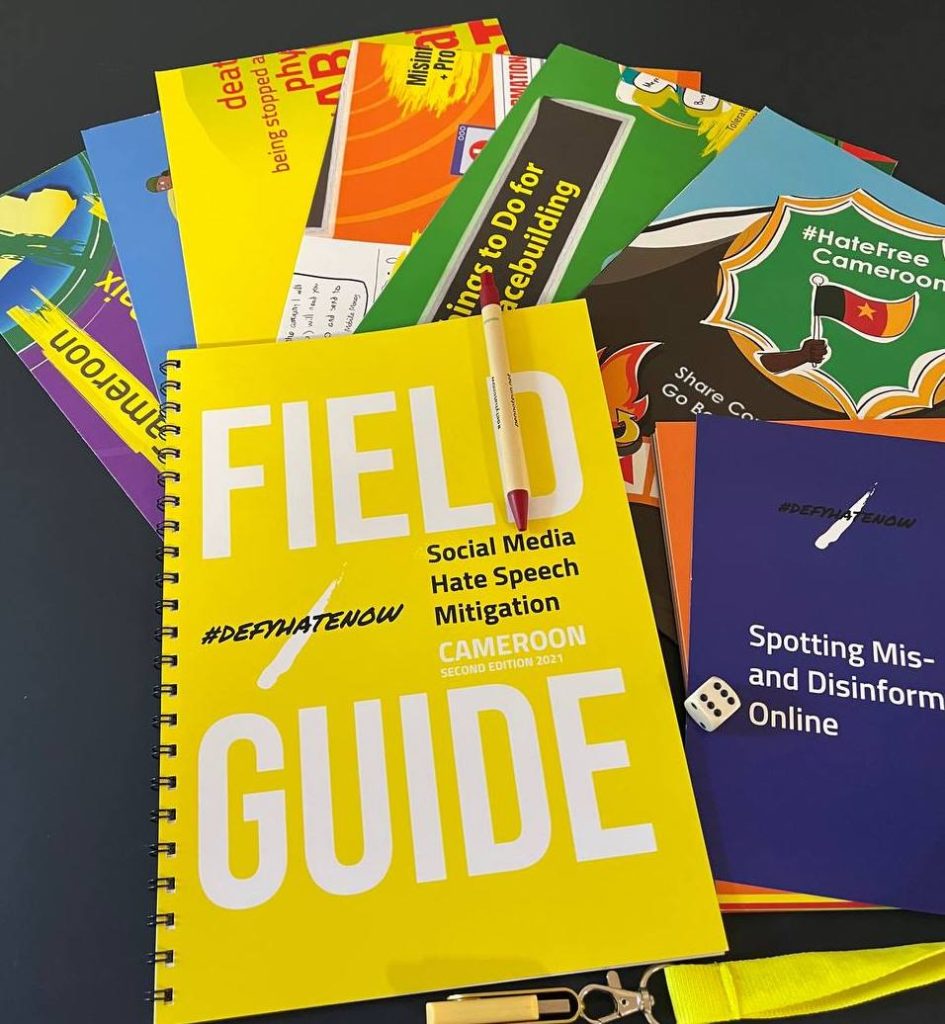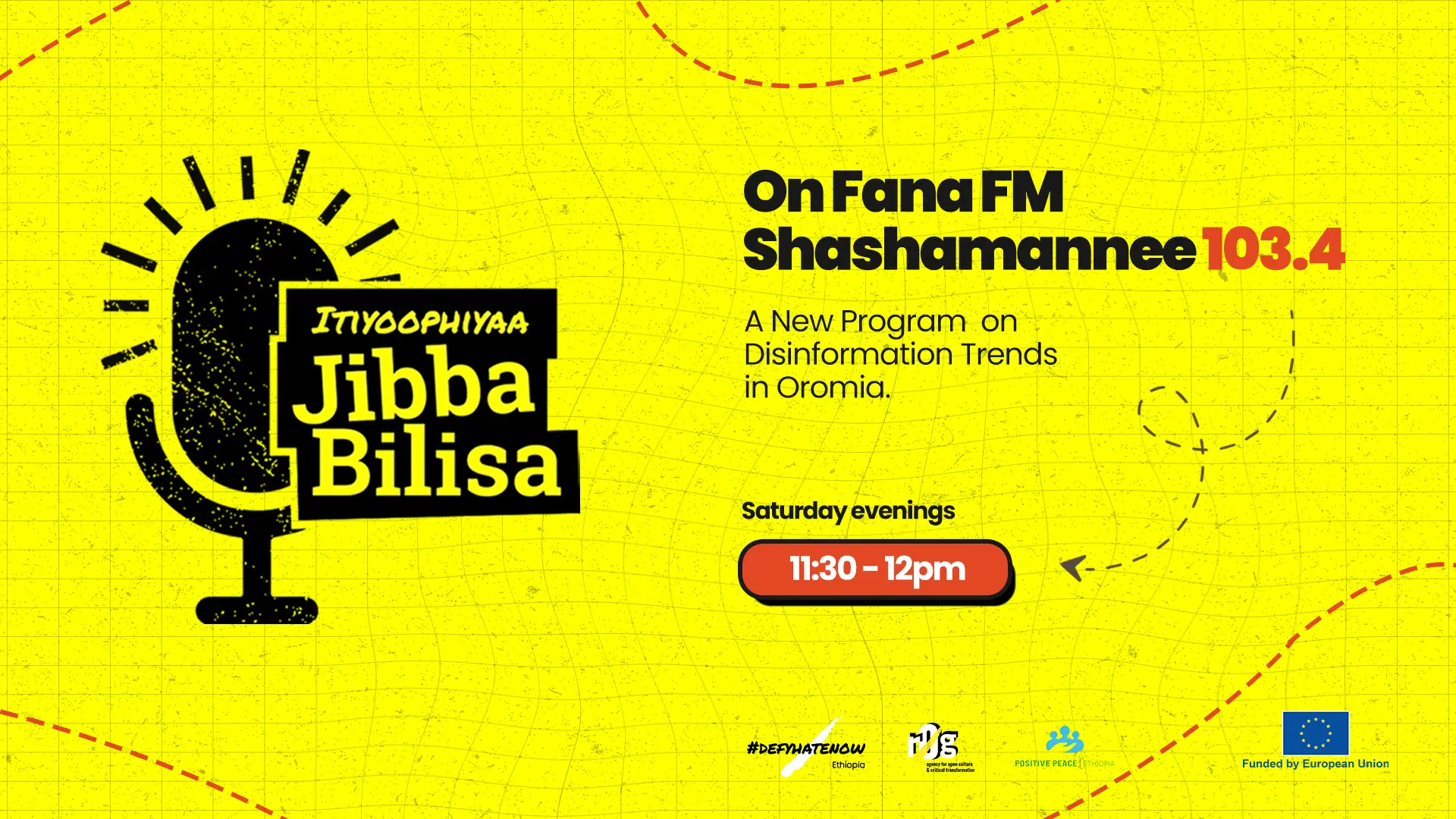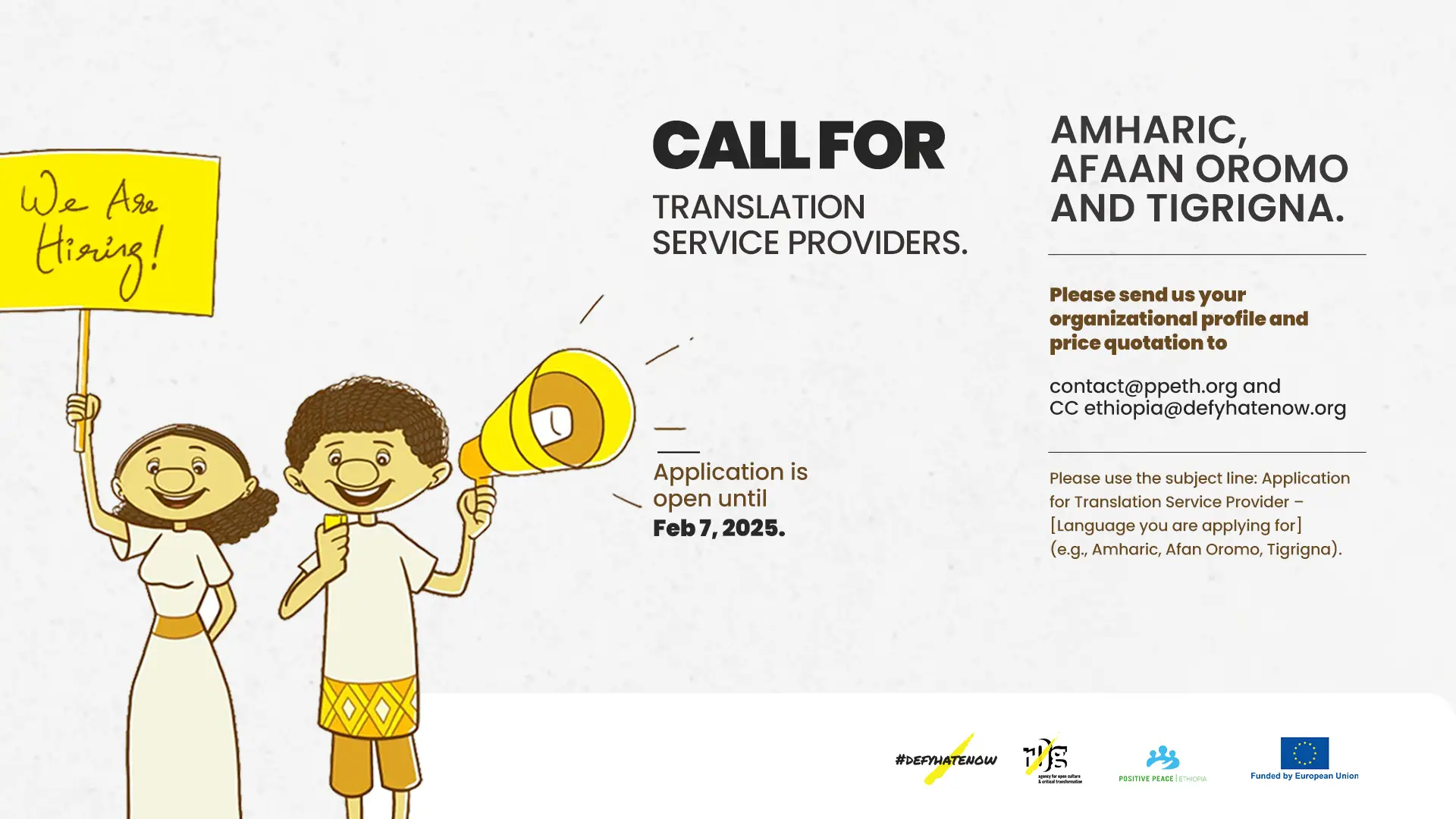Whether online or offline, hate speech poses a threat to peace, democracy, and human rights. #defyhatenow is committed to countering the hate speech, conflict rhetoric, and incitement to violence spread on social media platforms and online in response to Cameroon’s Anglophone conflict. The second edition of the Field Guide offers tools and strategies to be used by community-based organisations and online campaigns for peacebuilding. This second version of the field guide incorporates more context from the lessons learned from implementing the project over two years. Each of the six chapters in the field guide covers a specific aspect of the conflict and peacebuilding process and acts as a base of action on media-induced hate speech awareness to tackle conflict, support media literacy and address issues of migration and displacement.
It is available in a free downloadable format on the #defyhatenow website and contains
- One A4 Field Guide Booklet that has six chapters with discussion questions and a facilitators notes
- A5 Flashcards, summarising content from the booklet, are recommended for use in group discussions.
- A1 Poster & Game, which provides a quick reference guide on one side and a #HateFreeCameroon game on the other side, is designed to be played in groups with a focus on hate speech mitigation.
- 1 Dice used to play the #HateFreeCameroon game.
- A2 Posters illustrating various themes in the Field Guide can be used to lead discussions or hung on walls as reminders. These posters are in these themes;
- Dangers Online
- Things to do for Peacebuilding
- ThinkB4UClick
- Hashtags for Peace
- Events that often lead to Trauma
- A USB ‘Key’ with video and audio materials and links to additional resources.
- 1 ‘PenNotGun’
- 2 packs of post-it sticky notes to get you started.
- 1 sturdy pouch that serves to keep all materials contained.
The six chapters are;
- Social Media and Conflict.
- Social Media Use and Fact-Checking.
- Peacebuilding through Art and Technology.
- Identity.
- Mental Health, Trauma, and Healing.
- Common Hate Speech Expressions in Cameroon.
The first chapter, social media and conflict, defines hate speech as “speech marked by hatred of someone else because of their membership in a group” Hate speech has always existed. Still, its ever-growing impact fueled by digital communication can be devastating for the specific individuals and groups targeted and for society.
This chapter looks at how hate speech is turned into dangerous speech by adding a call to action. According to the Dangerous Speech Project, dangerous speech is described as any form of expression (speech, text, or images) that can increase the risk that its audience will condone or commit violence against members of another group.
Governments have been trying to combat hate speech by passing hate speech laws. The Cameroon hate speech law passed on 24 December 2019, an amendment of Law No. 2016/7 of 12 July 2016 relating to the Penal Code for hate speech is explained and discussed. Hate speech legislation in some contexts may be viewed as an efficient and appropriate means to prevent harm emanating from hate speech and dangerous speech. Still, it has limitations, such as excess power restricting freedom of expression and media freedoms. This chapter also identifies the groups that are more often the target of hate speech, including tribal groups – most violence and atrocities in Cameroon today are based on tribal conflicts – women and the LGBTQ+ community.
Misinformation is rife online and has the potential to travel further, faster and sometimes deeper than the truth.
Chapter two deals with social media use and fact-checking, as even small falsehoods hold the power to hurt people and lead to conflict. Falsehoods can manifest in three main ways: misinformation – sharing incorrect information but not knowing that it is wrong; disinformation – purposefully sharing incorrect information to deceive people; and mal-information – information that might be true or not but is shared solely to inflict harm, either towards an individual or a larger group.
Information verification tools are listed, which all start with questioning everything. Researching the source, reading past the headline, cross-checking and distrusting absolute narratives are some tools that help prevent dis- and misinformation. How to conduct oneself online is also discussed, with users being asked to check their facts and be transparent, clear, fair and respectful.
Chapter three explores peacebuilding through art and technology, looking at how art and tech skills can be used to spread peace. Artivism combines the words “art” and “activism” and defines the use of art to make a political or social statement and raise awareness of inequality issues.
Examples of art forms used to spread peace messages are films, spoken word, illustrations, and video games; specific examples of these art forms are provided in this chapter. Artivism can also happen in the form of events, explained further through #defyhatenow’s yearly celebration of the #peacejam.
In this community-based event, people get together to share their ideas, visions, and hopes for a more peaceful future. Peace through technology is also outlined, with examples of how the hashtags #peacetech and #tech4peace can be used to spread ideas on how technology can help in the peacebuilding process. This chapter also gives examples of tech tools and resources used by #defyhatenow, such as #ASKnet, The Mungo and Makerspaces.
To download chapter three, please click here.
Identity is the focus of the fourth chapter and speaks to how people consider themselves part of a group and outsiders to others. The social identity wheel is provided as an activity that helps people see how identity is composed of different components. Learning to think about identity as made up of many things helps foster peace in our communities.
One of the most common ways to distinguish human beings is by sex and gender. The difference between these two is outlined as they are often conflated and may prevent people from thriving and exploring their different strengths. The cycle of socialisation helps explain how we are socialised to play certain roles and how these roles get reinforced, and this is well explained and includes a call for change so that more open, free communities can be built.
The pyramid of hate also explains how prejudice starts from biased attitudes and may go as far as bias-motivated violence and even genocide. The role of meaningful inter-group dialogue and community leaders in de-escalating tensions and spreading messages of peace is explored at the end of the chapter.
Widespread conflict brings plenty of consequences, the impact on the mental health of the civilian population being one of the more significant ones. The importance of talking about mental health, trauma and healing is not emphasized enough. There is still a struggle to separate who someone is and what they feel. Trauma is defined as the body’s emotional response to a terrible event, and a list of events that can elicit a trauma response is listed.
There are many myths and misconceptions surrounding trauma, such as; everyone suffering trauma is violent and unstable, or very severe events can only cause that trauma, and all these are addressed. Tools to help in addressing trauma and helping people going through trauma have been provided. They include calming exercises such as mindful breathing and grounding, window of tolerance, listening, encouraging action, and resources for caregivers.
To successfully monitor and counter hate speech, specific terms and the social and political context that makes them offensive, inflammatory, or even potentially dangerous should first be identified. Chapter six makes a list of common hate speech expressions in Cameroon.
For example, “Francofou” translates into “Francophones are fools” and is a phrase used to attack anything Francophone or anything with an origin in the French-speaking regions. On the other hand, “Anglofou” is a term to belittle English-speaking Cameroonians. Anglofous is French for “crazy Anglophones”. Another term with a negative connotation is “Les Bamenda, ” which denotes someone who is minimised, an underling, or a servant. Demeaning slang from that phrase is also used, such as “c’est mon Bamenda”, meaning “she is my idiot”, or “je ne suis pas ton Bamenda,” french for “I am not your Bamenda” or “I am not your idiot.”
You can download your copy of the Field Guide here.




